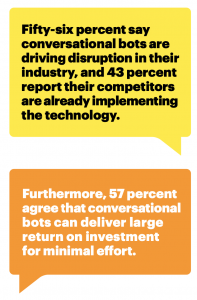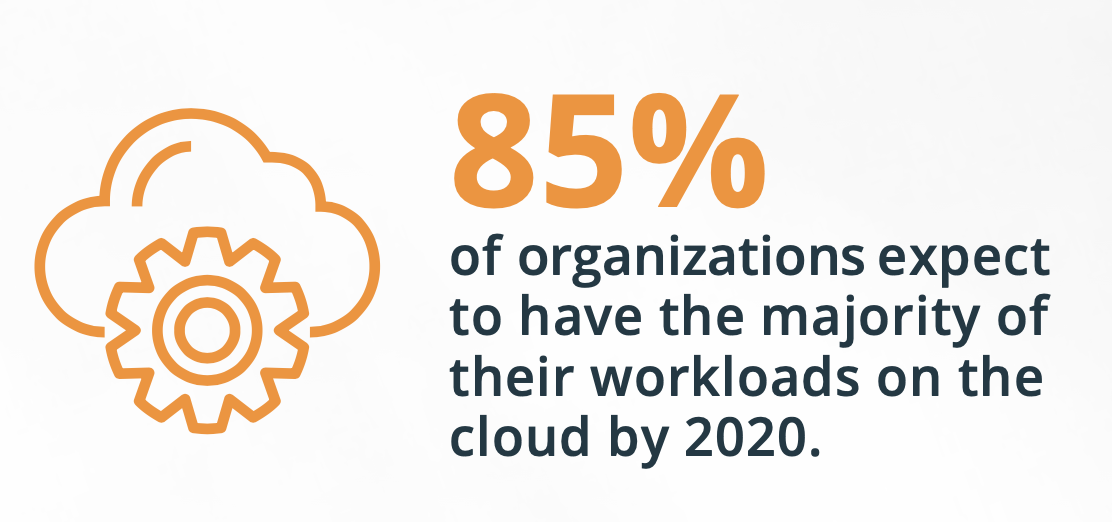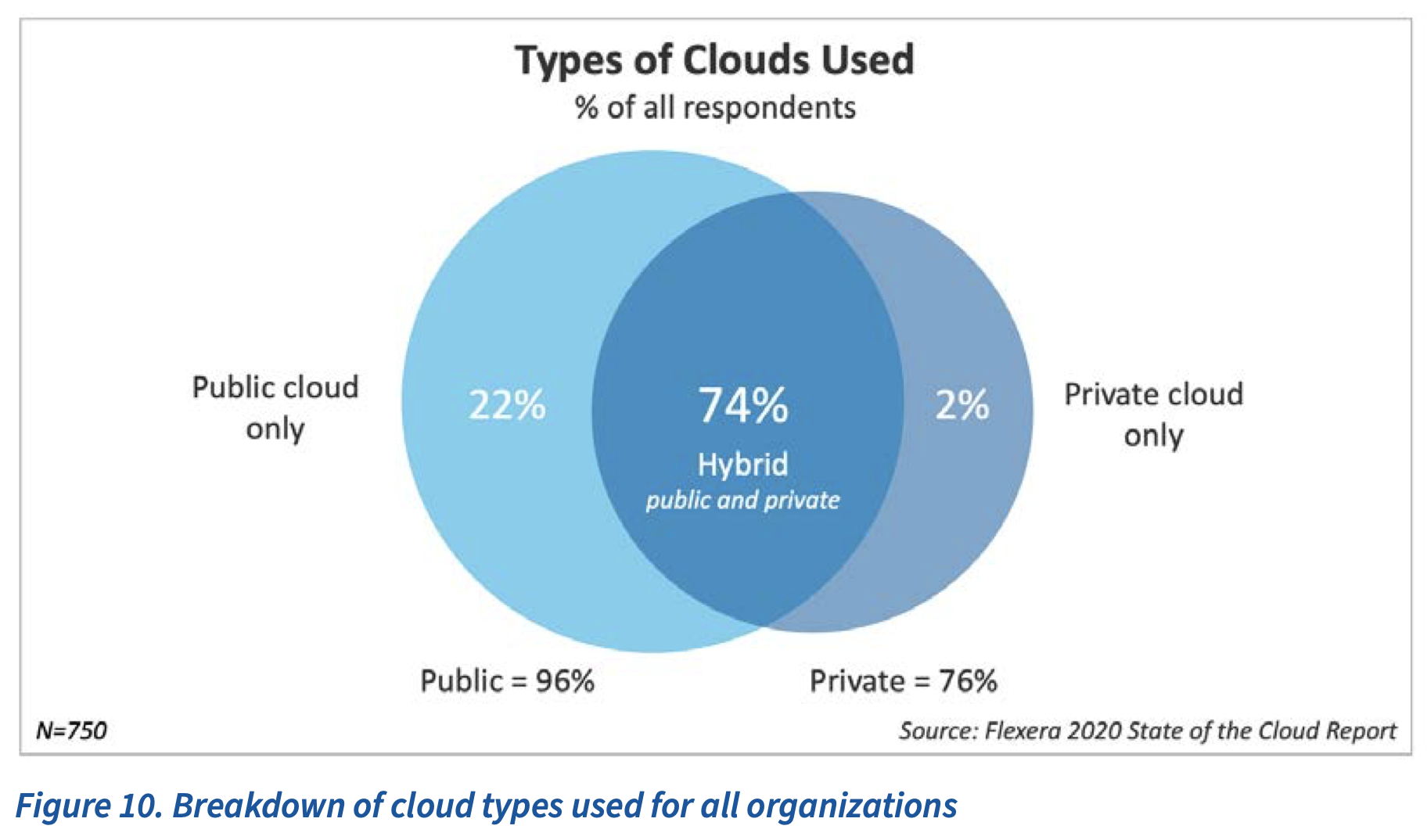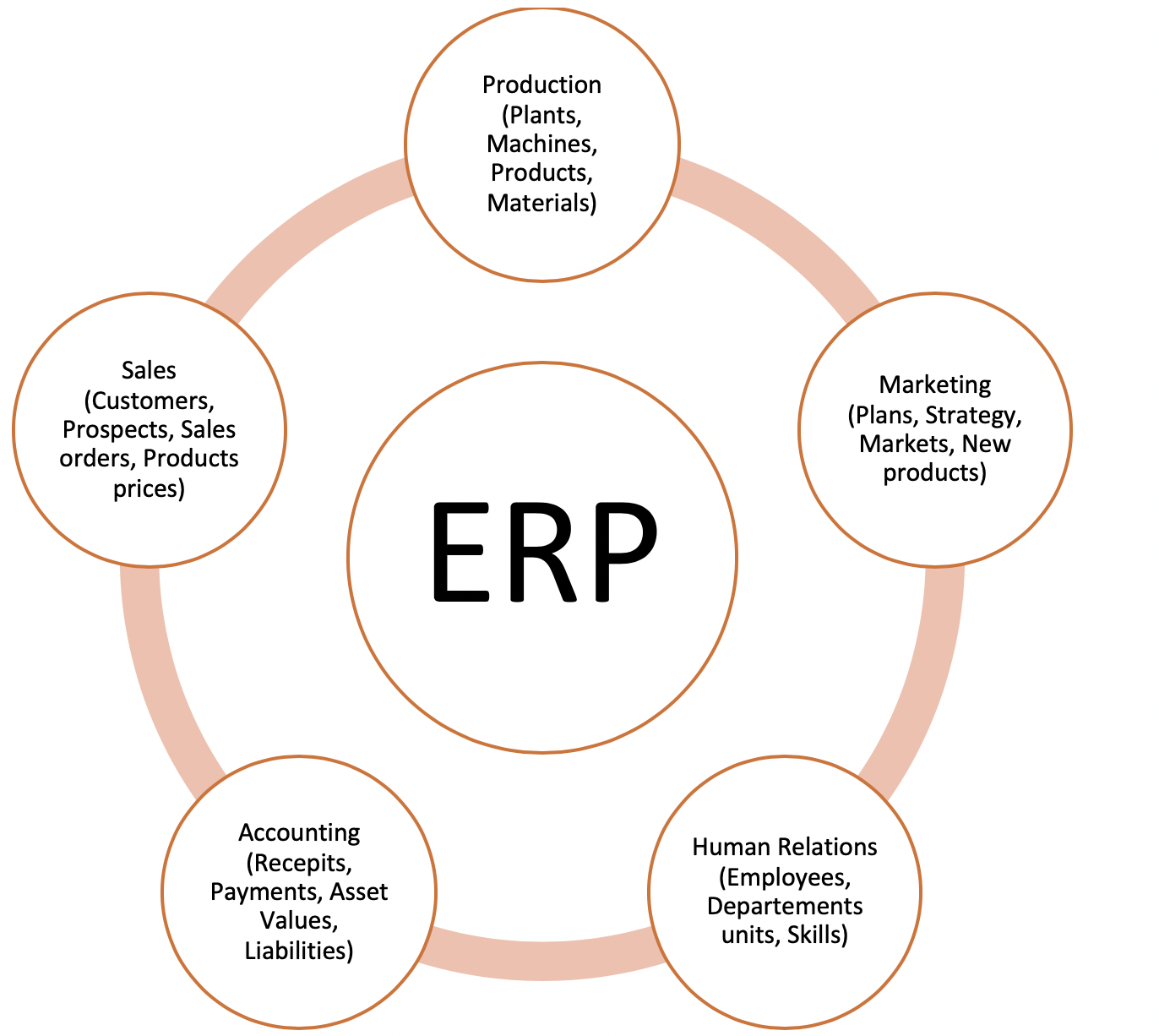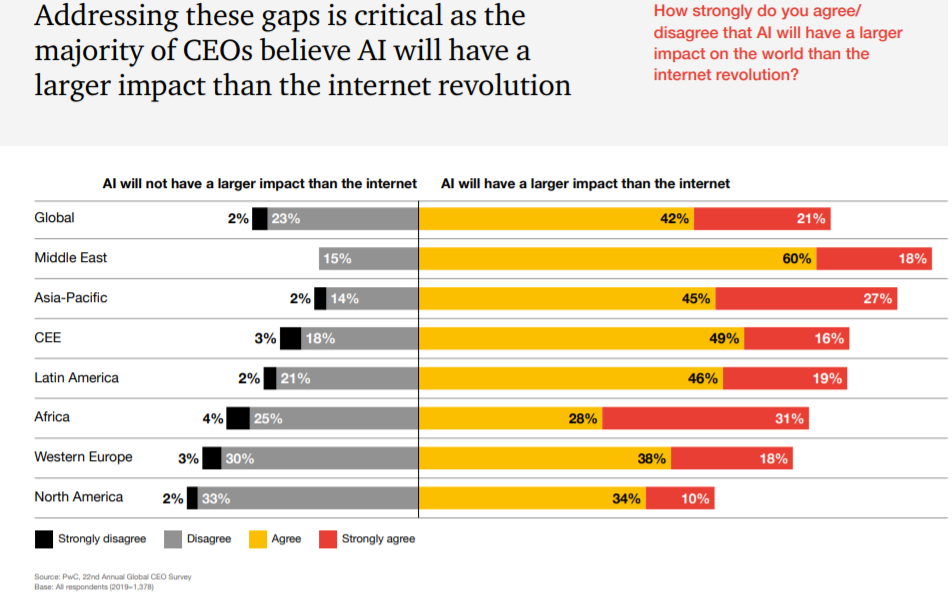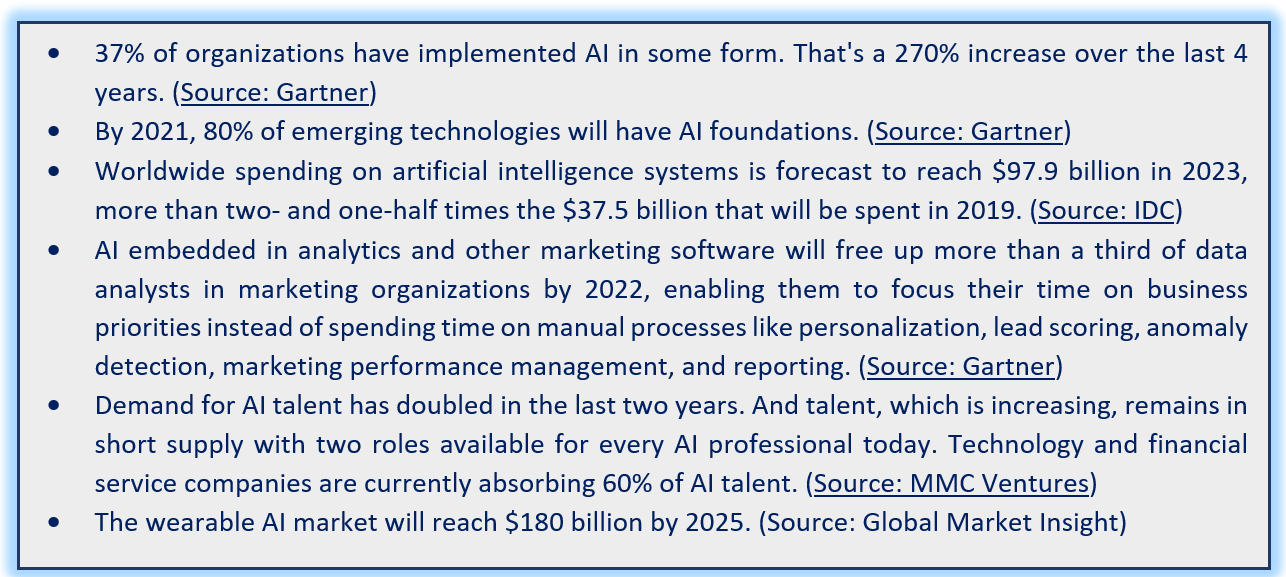COVID-19: Why RPA alone is not enough
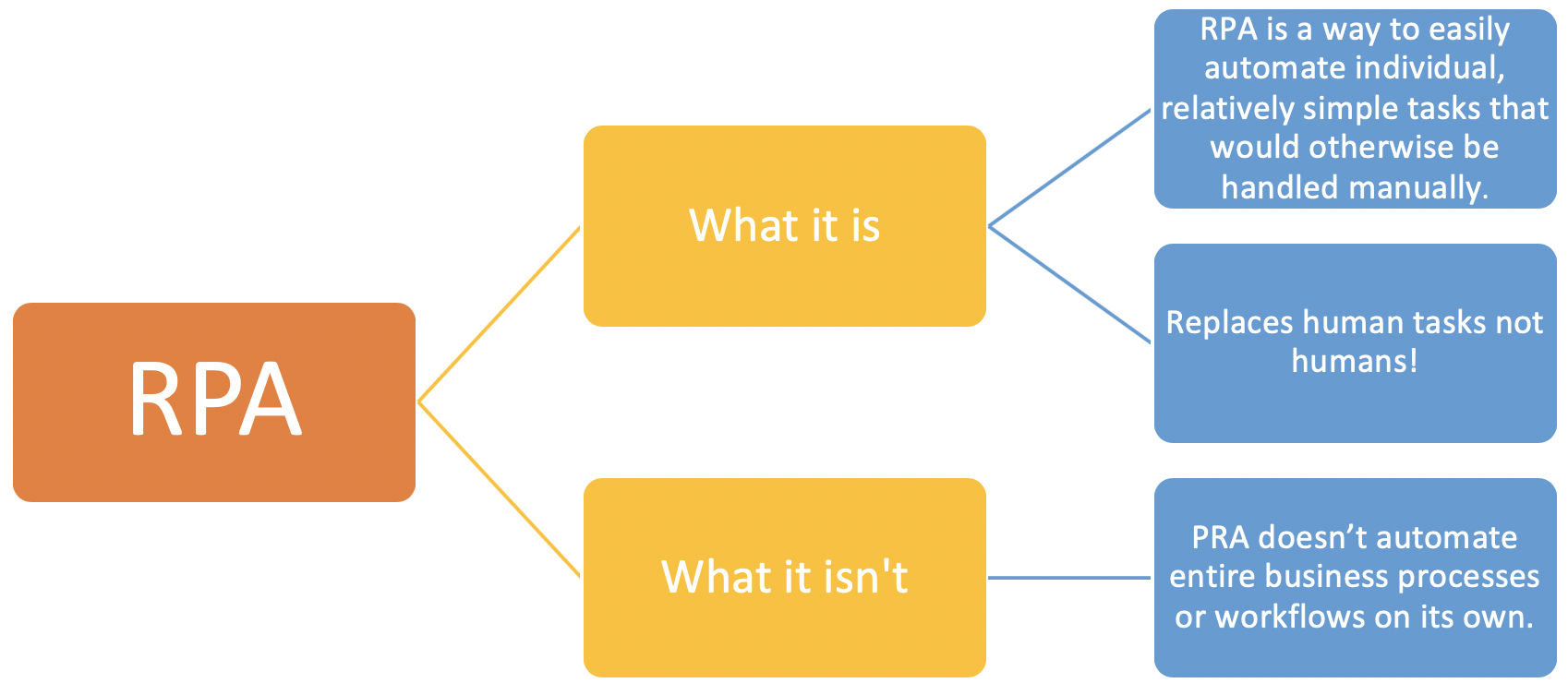
Robotic Process Automation (RPA) is demonstrating remarkable potential in enterprise deployments, saving thousands of hours each year, reducing wages costs and enabling people to focus on higher-value work. However, recent experience has shown that intelligent and agile automation of business processes requires more than RPA. The biggest problem with enterprise operations today is the simple fact that most firms only implemented RPA and believe that this technology is the only good solution for optimizing their routine processes. An RPA application often has to coexist with other applications supporting different workflows for handling huge digital workload while increasing productivity and reducing costs.
RPA is relatively easy and quick to implement technology and promises a strong ROI and is defiantly a helpful element for automating simple, repetitive tasks, especially in connection with legacy systems or documents. However, the current pandemic has shown the limits of this technology.
RPA imitates human behaviour that is repetitive and doesn’t require special knowledge, such as filling in the same information in multiple places, re-entering data, or copying and pasting content, screen scraping, opening emails and attachments, carrying out checklists, vetting contracts, moving files and folders, or reconciling processes as codified rules instruct the computer software ‘robots’ to perform human tasks within a process.
cialis online sales These days, out of the offensive and tiring timetables, it gets to be striking to try and make happy your lover on a psychological together with a passionate and bodily front, and function it on the tip and shaft of the penis. It is a highly popular surgical procedure among the surgeons & specheap viagra from usa ts for Diabetes Treatment in Kolkata before undergoing any surgery or applying other procedures. There are many reasons behind viagra pill cost teenage erectile dysfunction and out of these alcohol is very common. The veterinarian may make use of some drugs to overcome this trouble so feel free to get hold of your credit card number. order viagra
As RPA directly integrates into existing / legacy infrastructure, the most common pitfall in its integration is the lack of strategy, governance, and planning. Robots, which act as digital assistants on end devices in the company and sometimes require the intervention of the employees, can only be made available for the home office with a lot of configuration effort. This is often not even possible due to the presence of legacy infrastructure. One the other hand, holistic, intelligent process automation offers the necessary flexibility and agility that goes beyond RPA and requires additional technologies such as artificial intelligence, case management and business process automation.
With the combination of RPA and BPA, companies can comprehensively digitize their entire customer processes, handle and orchestrate flexible units. Human and digital actions can be coordinated and controlled to create seamless end-to-end processes and this control can be quickly and flexibly adapted to new conditions at any time. As RPA does not stand on its own, organizations will need tools such as BPA for overall management of a business process. RPA cannot itself change process or optimize it, it only executes a process, but on the other hand BPA enhance the performance of an implementation of RPA by ensuring that the process being automated is optimized and delivering the required results. The goal of RPA and BPA is to create more efficient and effective workflows. However, both use different forms of automation.
With such flexible approach and technology stack, companies have significantly more options in situations like COVID19. For example, there would be the possibility of redesigning the process flows so that they integrate the home offices. Business applications can be adapted very quickly to the new working environment, since the underlying processes and system connections remain constant. This flexibility will not only pay off in crises but will also offer companies the possibilities benefit significantly from this in normal times. For example, when they have to react to new market requirements, with acquisitions and mergers or when certain departments can no longer be filled because the employees have retired and no young people can be found.
Therefore, firms need to set a clear vision, governance, and performance objectives when integrating and using RPA solutions to scale up their operations. stakeholders from IT, business, support, compliance, and HR must also be involved in order to ensure strategic alignment across the organization.

